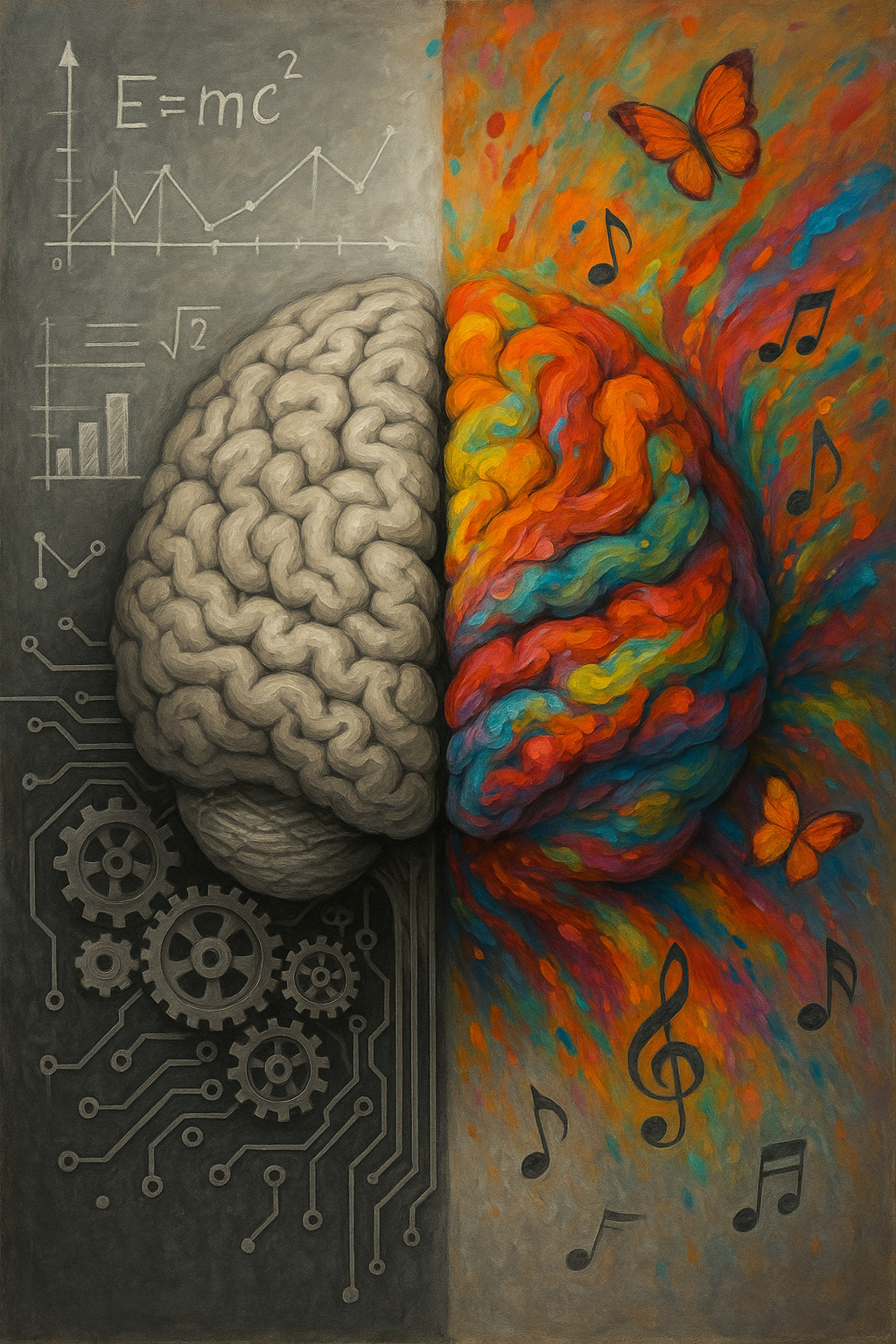Art, Science, and AI: The Evolving Balance in Product Management
Why It Still Feels Like Guesswork
In many product teams, there's a quiet tension that creeps in—despite the dashboards, data pipelines, frameworks, and tools, building products still feels like a lot of educated guesswork.
And here’s the truth: that feeling isn’t wrong. It’s honest.
Because product management has never been purely scientific. It’s always lived in the space between structure and judgement, between what we know and what we think might be true. And that’s what makes it so challenging—and so rewarding.
The Value of Structure
Modern product management has been shaped by the increasing availability of data and frameworks. We’ve gained more precision in how we measure success, how we prioritise work, and how we align teams.
We’ve built better ways to track usage, understand user behaviour, and break big bets into smaller, testable steps. This kind of structure gives product teams much-needed clarity, especially when there are competing priorities or tight timelines.
But there’s a limit. Numbers don’t make decisions. They support them.
The most helpful data doesn’t eliminate risk—it narrows the field. It helps us understand what’s likely, not what’s guaranteed. And ultimately, someone still has to weigh the options and make the call. That’s not a weakness of the process—it’s the job.
The Role of Judgement
Some of the most meaningful product decisions I’ve seen over the years weren’t based on dashboards or planning frameworks. They came from a conversation with a customer that struck a chord. From a product manager who took a leap on something unconventional. From someone who trusted their instincts even when the metrics weren’t clear.
These moments might look like luck from the outside, but more often, they’re built on experience. On patterns noticed over time. On a sense of what matters to the people using the product—not just what they’re clicking on.
This is the part of product management that doesn’t show up in documentation. It’s not about being reckless or relying on hunches. It’s about understanding context, exercising good judgement, and being willing to act before the numbers are conclusive.
The Changing Toolkit, AI
In recent years, our toolkit has expanded dramatically with AI. We now have access to faster ways of processing data, summarising customer feedback, generating concepts, and exploring different angles on a problem.
These tools have made it easier to move quickly through early-stage thinking. They’ve helped reduce time spent on repetitive tasks and allowed teams to focus more on the parts of the job that require critical thinking.
But none of these tools decide what should be built. They don’t know what matters to your customer or how your market is evolving. They won’t tell you which risks are worth taking, or how to communicate a product vision in a way that gets people behind it.
The tools are valuable—but they’re not the craft.
Finding the Balance
Product management today is about holding multiple modes of thinking at once. Being structured, but flexible. Grounded in evidence but not paralysed by it. Willing to use tools and systems—but never outsourcing the responsibility to think.
The best product leaders I’ve worked with don’t romanticise intuition, but they don’t ignore it either. They’re clear-eyed about the limits of what can be measured. They seek out perspectives that challenge their assumptions. And when the time comes to decide, they’re willing to commit—knowing that clarity often comes after action, not before.
Final Thought
Because building great products isn’t about choosing between art and science. It’s about recognising that both are essential—and knowing how to use each at the right moment.

